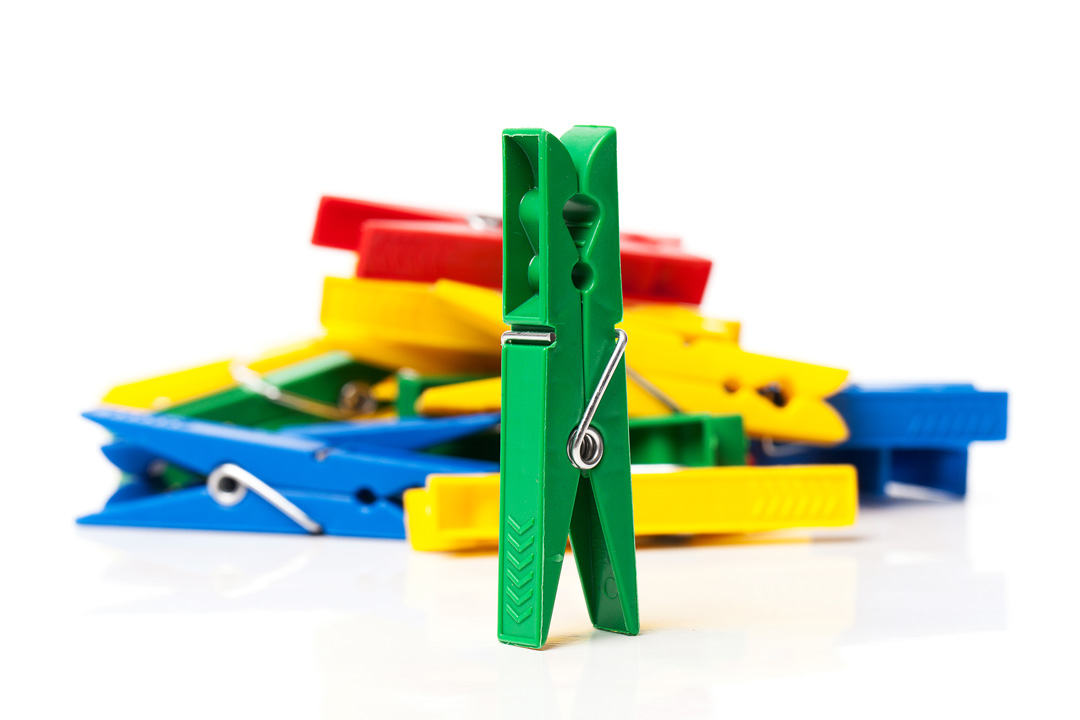Recycling is
a matter of Technology
The production of recycled plastic takes place along two basic production modalities: mechanical recycling and chemical recycling
To this day, mechanical recycling is by far the method used most widely. It is suitable for recycling pure plastic materials collected as waste. Chemical recycling makes it possible to recycle plastics for which no mechanical recycling options exist at present. It is a process that has a significant potential for future development and has already demonstrated its potential in present-day applications.
Mechanical Recycling
The first step consists of sorting out the plastics.
The mechanical treatment of the different plastics aims to obtain a material as similar as possible to the corresponding virgin polymer. The closer is recycled plastic to the purity and colour of the virgin material, the higher will be its value and possibilities for reuse. The mechanical recycling of plastics starts with a carefulselection by type of plastic material and separation from unwanted materialssuch as glass, metals and paper, which may be followed by sorting the material by colour. The quality and the success of mechanical recycling are closely correlated with the degree of sorting that can be achieved with the polymer to be recycled, which explains the growing interest of the industry in the development of industrial systems capable of refining the plastic material with ever greater precision.
Grinding and washing.
Mechanical recycling can yield ground thermoplastic polymers, i.e., granules and flakes suitable for the making of new products; or ground thermosetting polymers, i.e., plastic micro-parts that can be used as inert fillers in the processing of virgin thermosetting materials and thermoplastics This is followed by a grinding process to remove any metal fragments as may be present. Then the ground material undergoes a wash cycle to remove soil and other fragments and perform a further separation of heavy plastics (which sink in the water) and light plastics (which float).
Pellets: closing the circle.
Drying the ground material prepares it for conversion into pellets (beads, granules, cubes) through an extrusion process that melts the plastic and extrudes it through a die. Then the pellets are mixed in special silos and analysed for purity and mechanical properties. Recycled materials obtained through a mechanical process are mainly used in the construction sector, agriculture and the manufacture of durable goods. They generally replace or are mixed with the corresponding virgin plastics.
Mechanical Recycling
The first step consists of sorting out the plastics.
The mechanical treatment of the different plastics aims to obtain a material as similar as possible to the corresponding virgin polymer. The closer is recycled plastic to the purity and colour of the virgin material, the higher will be its value and possibilities for reuse. The mechanical recycling of plastics starts with a carefulselection by type of plastic material and separation from unwanted materialssuch as glass, metals and paper, which may be followed by sorting the material by colour. The quality and the success of mechanical recycling are closely correlated with the degree of sorting that can be achieved with the polymer to be recycled, which explains the growing interest of the industry in the development of industrial systems capable of refining the plastic material with ever greater precision.
Grinding and washing.
Mechanical recycling can yield ground thermoplastic polymers, i.e., granules and flakes suitable for the making of new products; or ground thermosetting polymers, i.e., plastic micro-parts that can be used as inert fillers in the processing of virgin thermosetting materials and thermoplastics This is followed by a grinding process to remove any metal fragments as may be present. Then the ground material undergoes a wash cycle to remove soil and other fragments and perform a further separation of heavy plastics (which sink in the water) and light plastics (which float).
Pellets: closing the circle.
Drying the ground material prepares it for conversion into pellets (beads, granules, cubes) through an extrusion process that melts the plastic and extrudes it through a die. Then the pellets are mixed in special silos and analysed for purity and mechanical properties. Recycled materials obtained through a mechanical process are mainly used in the construction sector, agriculture and the manufacture of durable goods. They generally replace or are mixed with the corresponding virgin plastics.
Chemical Recycling
Chemical recycling makes it possible to break down the polymer into its original monomers and obtain fuels and chemicals alternative those of fossil origin, thereby contributing significantly to reduce the use of raw materials undergoing depletion. Condensation polymers such as PET and Nylon are more suitable to undergo depolymerisation. This process varies depending on the method employed, i.e., the heat treatment required for cracking the polymer chain.
Pyrolysis
Pyrolysis is a treatment whereby molecules are broken down through a heating process performed under vacuum, resulting in the production of a mixture of liquid and gaseous petroleum-like hydrocarbons.
Hydrogenation
Hydrogenation makes it possible to transform polymers into liquid hydrocarbons from which polyethylene, polypropylene, PVC and synthetic rubber can be obtained.
Gasification
Gasification makes it possible to obtain a mixture of hydrogen and carbon monoxide that can be used as a fuel or as a mixture in the processing of other materials.
Chemolysis
Chemolysis is able to process individual discarded materials back to their original state.
Glycolysis
With glycolysis, condensation polymers, such as PET, PA and PUR, previously separated from other plastics, can be restored to the state of intermediate precursors.

